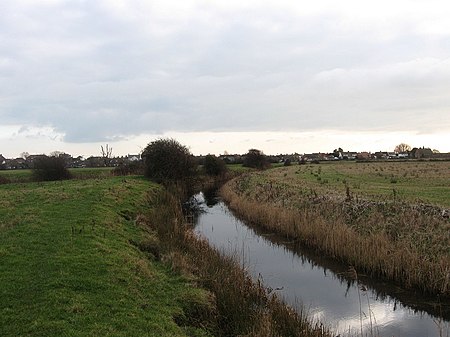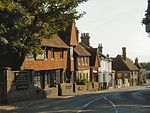Bill Gut
England river stubsRivers of East SussexRivers of the Pevensey LevelsUse British English from October 2022

Bill Gut is a minor, 1.2-kilometre (0.75 mi) long river (brook) and drainage ditch in the Pevensey Levels in Pevensey, Wealden District, East Sussex, England. Forming multiple tributaries, it rises from Langley Sewer and ultimately flows into Salt Haven—as does Langley Sewer.
Excerpt from the Wikipedia article Bill Gut (License: CC BY-SA 3.0, Authors, Images).Bill Gut
Wallsend Road, Wealden Pevensey
Geographical coordinates (GPS) Address Nearby Places Show on map
Geographical coordinates (GPS)
| Latitude | Longitude |
|---|---|
| N 50.8174 ° | E 0.3447 ° |
Address
Wallsend Road
Wallsend Road
BN24 5NX Wealden, Pevensey
England, United Kingdom
Open on Google Maps











